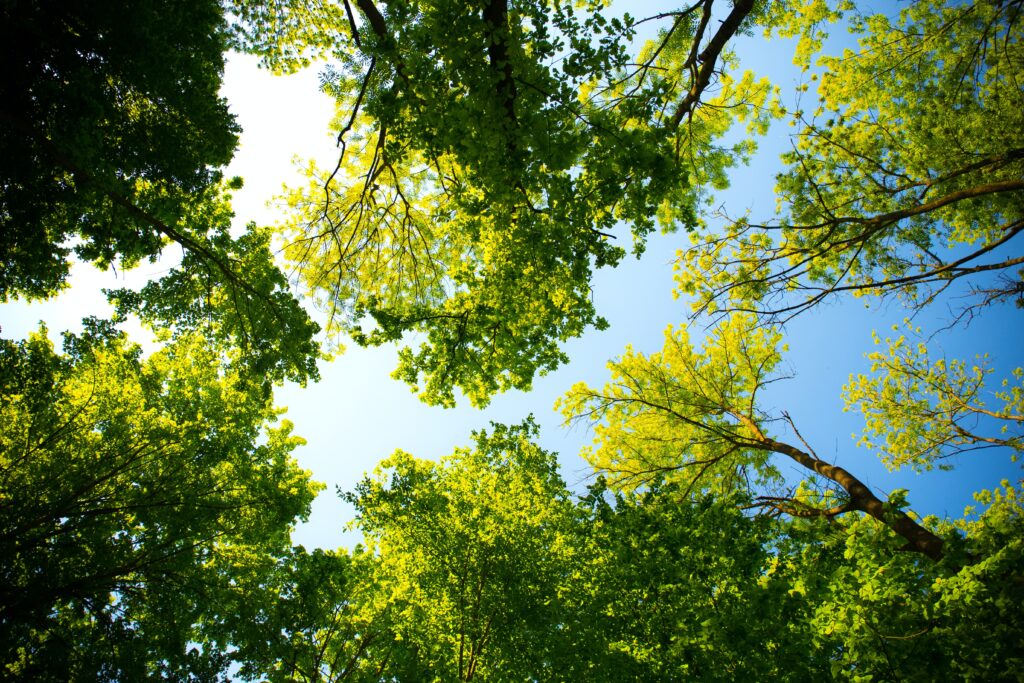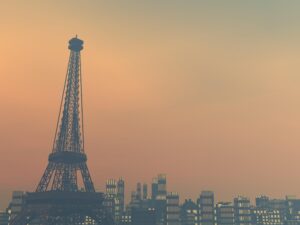Deaths were 70% higher in areas with increased levels of air pollution compared to the national average, during the first wave of the coronavirus pandemic, new research has revealed.
Queen Mary University of London Geography Professor, Peter Congdon, published the study with the aim to reduce future deaths caused by air pollution, after noticing the distribution of deaths caused by Covid-19 revealed a ‘metropolitan-rural contrast’.
The report, published in the scientific journal ‘J’, attributed high levels of particulate matter, nitrogen oxide, and sulphur dioxide to higher likelihood of dying from coronavirus. Ultimately, this pollution is caused by road traffic emissions, as well as brake and tyre wear.
Whereas deaths caused by Covid-19 were 70% higher than the English average in areas with the most air pollution, the number of deaths with cleaner air were 40% below the average.
The report also explored socioeconomic factors in relation to exposure to higher pollution, and discovered that BAME communities were often the most affected. These communities are health deprived and exposed to the worst environmental conditions due to ethnic segregation.
The report comes after Clean Air Day, which for this year WCRAQ implemented a call to arms for MPs and policymakers to understand the urgent action need to protect our country against air pollution. Global Action Plan highlighted on Clean Air Day that over a quarter of schools are in areas that exceed World Health Organisation guidelines on safe levels of air pollution. Government need to urgently implement these air quality limits into the Environmental Bill. However, ultimately, there are no ‘safe levels’ air pollution.
The Royal College of Physicians estimate that 40,000 premature deaths are caused by air pollution each year. Yet, the death of nine-year-old schoolgirl Ella Kissi-Debrah remains the only officially recognised death to be attributed to air pollution in the UK, and potentially the world.
Photo Credit: Pexels / Valiphotos




